Breaking the Stigma: Understanding KAP (Ketamine Assisted Psychotherapy)
August 5, 2025
In recent years, ketamine-assisted psychotherapy, or KAP, has emerged as an effective tool for addressing conditions like treatment-resistant depression, PTSD, and chronic anxiety.
Even with the plethora of research supporting its effectiveness, ketamine-assisted psychotherapy continues to face stigma and misunderstanding.
Many of these misconceptions stem from outdated narratives, and a lack of awareness about how this treatment truly works.
Let's dismantle the common stigmas surrounding KAP and explore the many ways KAP works to provide more frequent breakthroughs and sustained improvement in symptoms.
Even with the plethora of research supporting its effectiveness, ketamine-assisted psychotherapy continues to face stigma and misunderstanding.
Let's dismantle the common stigmas surrounding KAP and explore the many ways KAP works to provide more frequent breakthroughs and sustained improvement in symptoms.

Acknowledging the Stigma
- Ketamine has a longstanding history as a recreational drug causing some to view ketamine treatments as unsafe or exclusively for illegal use
- Some people conflate ketamine with other drugs and worry about hallucinations, loss of control, or long-term psychological effects.
- The news and social media have a longstanding history of sensationalizing ketamine, which continues to uphold the misconception that it is solely used in illegal or unsafe settings
Rewriting the Narrative on KAP
- Labeling ketamine as just a recreational drug can cause misunderstandings and fear among the public and even among healthcare professionals. However, ketamine is legal and incredibly effective when used safely in clinically supervised psychotherapy settings
- There can be discomfort around non-traditional mental health treatments, especially those involving altered states of consciousness. This does not diminish the effectiveness and safeness of KAP, instead it represents a holistic healing modality that works to treat the vast needs of eligible individuals
- Seeking mental health treatment already carries a stigma. Intertwining that with an unfamiliar method like KAP can lead to double stigma; from both the broader public and individuals’ own internalized beliefs.
The Power Healing Through KAP
- Ketamine is known for its fast-acting antidepressant and mood-enhancing properties
- These effects often begin within 1–2 hours after administration and last up to two weeks
- KAP works by blocking NMDA receptors in the brain and stimulating AMPA receptors
- This holistic modality is believed to support the formation of new synaptic connections and strengthen neural pathways involved in mood regulation and stress response
- Additionally, ketamine has been shown to promote neuroplasticity, contributing to longer-term symptom relief
- Ketamine is versatile and can be administered through various methods. Amongst these methods include intravenous (IV) infusion, intramuscular (IM) injection, nasal spray, and sublingual lozenges
At Presence of Mind Therapy, we partner with Journey Clinical to provide eligible clients with personalized experiences rooted in safety and healing.
If you would like to explore the possibility of working with our office on KAP, please e-mail us at newclient@presenceofmindtherapy.com to discuss eligibility and next steps.
Presence of Mind Therapy Blog
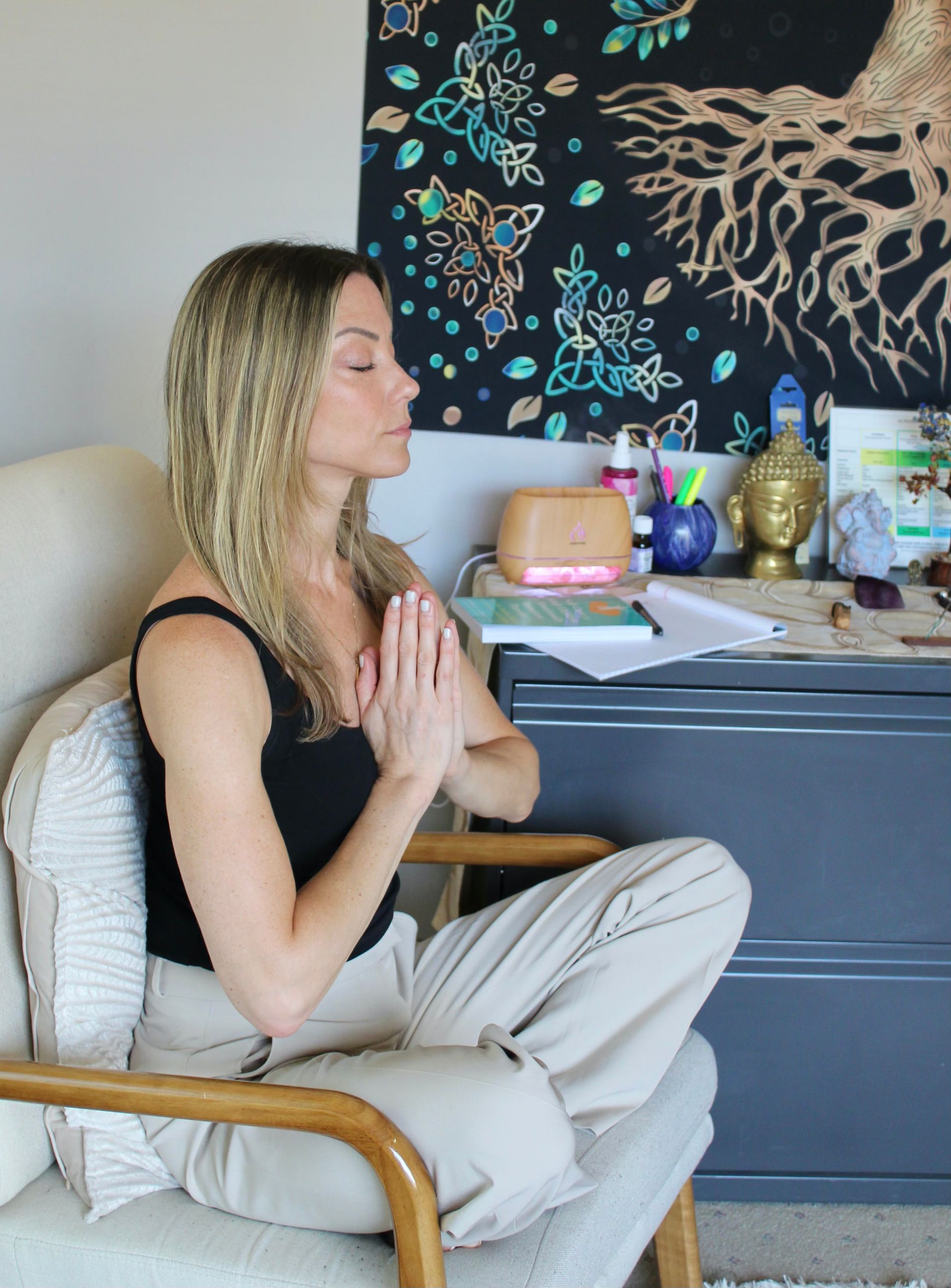
What actually happens in therapy? This post breaks down the core elements of the therapeutic process, from the importance of the client-therapist relationship to informed consent, neutrality, and what therapy is (and isn’t) meant to provide. A grounded, compassionate introduction for anyone considering therapy.













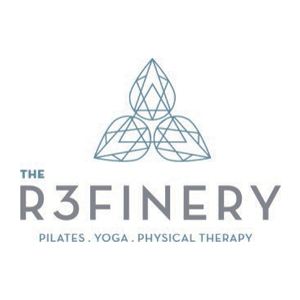

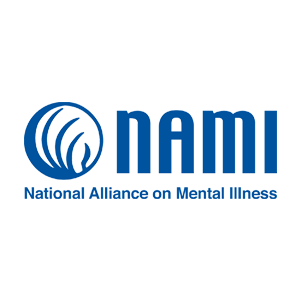



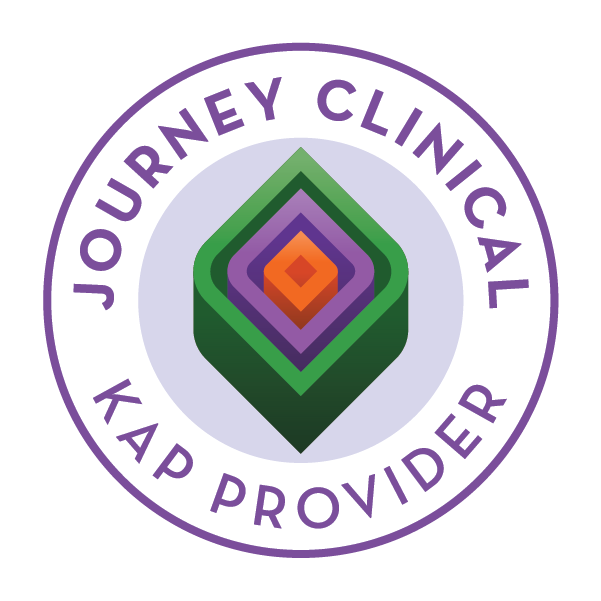
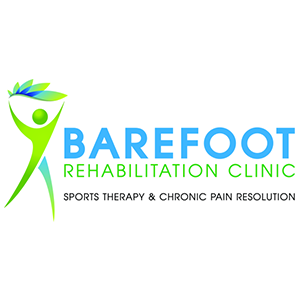
Share On: